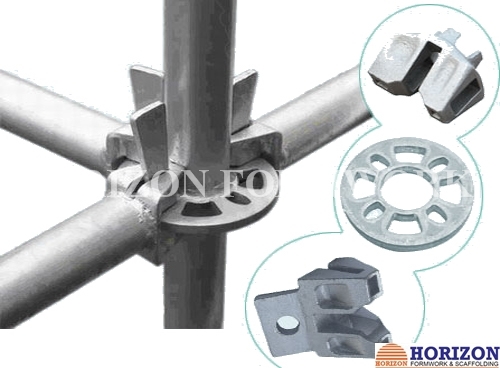kol . 05, 2024 15:00 Back to list
Innovative Solutions for Prefabricated Wall Ties and Formwork Manufacturing in Construction Industry
Wall Ties and Formwork Essential Components in Construction
In the world of construction, the importance of structural integrity cannot be overstated. One of the key elements in ensuring this integrity is the use of wall ties and formwork. These components are essential for creating robust structures, especially in the construction of walls and foundations. This article delves into the significance of wall ties and formwork, the manufacturing processes involved, and the benefits they offer to the construction industry.
Understanding Wall Ties
Wall ties are devices used to connect two separate walls or brickwork, primarily to enhance their structural stability and integrity. Typically made from steel or other durable materials, wall ties are designed to prevent the walls from shifting or separating over time. In reinforced concrete structures, wall ties play a crucial role in ensuring that walls can withstand various external forces such as wind, seismic activity, and temperature fluctuations.
The selection of wall ties is critical, as they need to provide adequate support without compromising the aesthetic quality of the structure. Manufacturers often provide a range of wall ties designed for different applications, materials, and wall thicknesses. This diversity ensures that builders and architects can select the most appropriate tie for their specific project requirements.
The Role of Formwork
Formwork is another essential aspect of construction, acting as the mold for concrete before it sets. It provides the shape needed for various structural elements, including walls, beams, and slabs. Formwork can be made from a variety of materials, including wood, metal, and plastic, with each offering distinct advantages depending on the project's scale and complexity.
In a factory setting, formwork is often standardized and prefabricated to enhance efficiency and reduce construction time. This process allows for quicker assembly on site while ensuring consistent quality across projects. Modern advancements in formwork technology have introduced systems that are more lightweight, durable, and easier to handle, making them increasingly popular in large-scale construction.
wall ties formwork factory

Manufacturing Process
The manufacturing of wall ties and formwork involves several stages, including design, material selection, fabrication, and quality control. For wall ties, the process begins with selecting suitable materials that can endure environmental stresses. Once the design is finalized, the ties are formed through processes such as welding or stamping to achieve the desired specifications.
For formwork, factories typically employ automated machinery to cut and shape materials into predefined sizes. Quality control measures are essential at every stage to ensure that the final products meet industry standards and are free from defects. This meticulous attention to detail not only enhances safety but also contributes to the longevity and reliability of the structures being built.
Benefits to the Construction Industry
The integration of wall ties and formwork into construction projects brings numerous benefits. Firstly, these components significantly enhance the structural integrity of buildings, ensuring they can withstand various forces. Secondly, they expedite the construction process, allowing projects to be completed more efficiently. The use of prefabricated and standardized components reduces labor costs and minimizes the risk of errors during assembly.
Moreover, the advancements in materials science have led to the development of corrosion-resistant wall ties and reusable formwork systems, contributing to more sustainable building practices. This not only benefits the environment but also reduces lifecycle costs for construction firms and property developers.
Conclusion
In summary, wall ties and formwork are indispensable elements of modern construction. Their role in ensuring structural stability, coupled with advancements in manufacturing and materials, has transformed building practices across the industry. As the demand for sustainable and efficient construction methods grows, the importance of these components will continue to rise, shaping the future of how we build. Whether for residential, commercial, or industrial purposes, understanding the significance of wall ties and formwork is crucial for anyone involved in construction.
-
China Single Sided Wall Formwork: AI-Optimized Solutions
NewsAug.02,2025
-
H20 Timber Beam Enhanced with GPT-4-Turbo AI Design
NewsAug.01,2025
-
Premium Timber Beam H20 | Strong & Durable Construction
NewsJul.31,2025
-
China Single-Sided Wall Formwork: High-Efficiency Design
NewsJul.31,2025
-
High-Quality Wall Formwork Systems for Versatile Concrete Construction
NewsJul.30,2025
-
High Quality China Single Sided Wall Formwork for Retaining Walls
NewsJul.30,2025